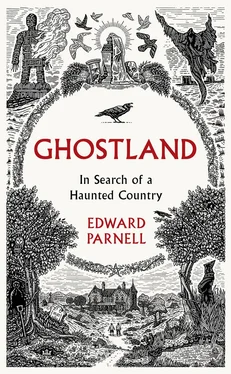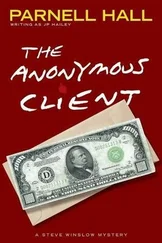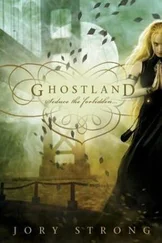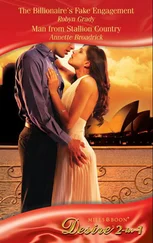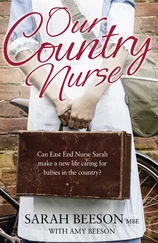1 ...6 7 8 10 11 12 ...19 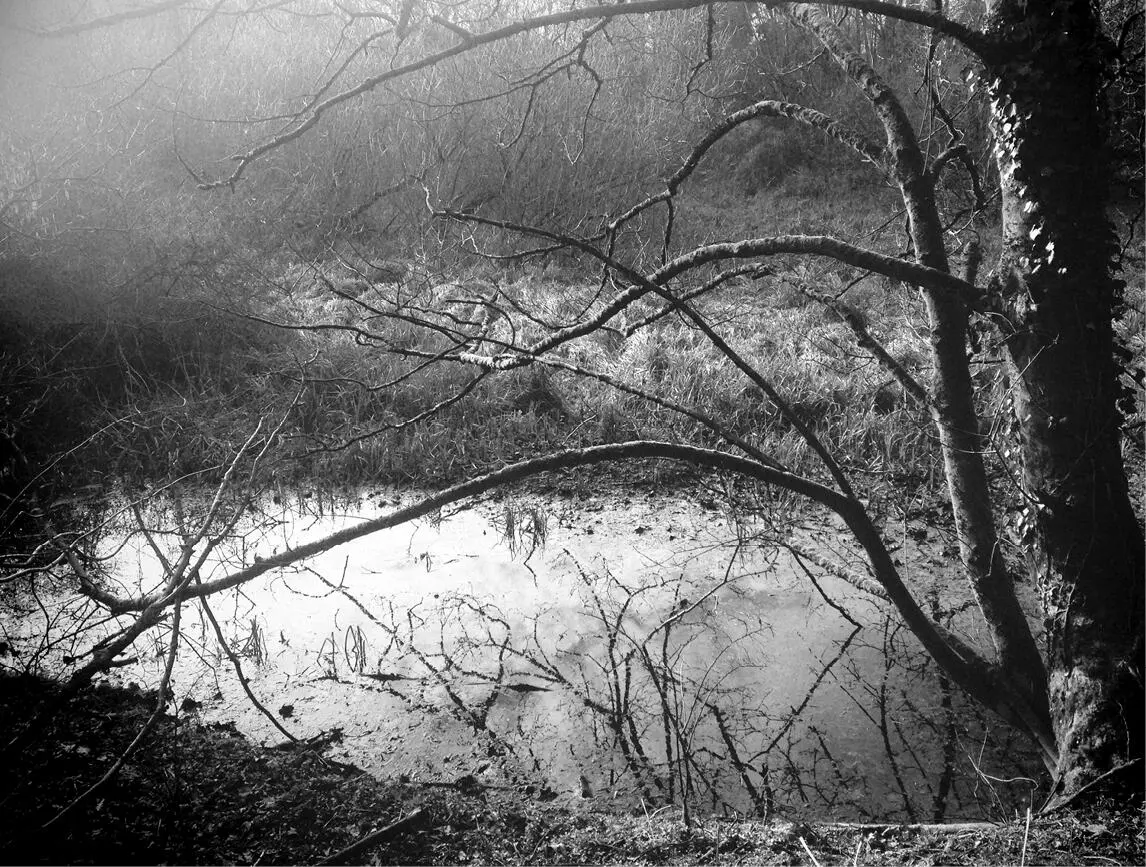
The final scene jumps to a close-up of a ‘Danger No Swimming’ sign, spelled out in large red letters. ‘Only a fool would ignore this … But there’s one born every minute.’ A pile of clothes and a pair of shoes have been left among a mountain of detritus as the camera pans to the pit where a boy is struggling and shouting for help. ‘Under the water there are traps: old cars, bedsteads, weeds, hidden depths. It’s the perfect place. For an accident.’
Watching Lonely Water again, the grisly relish Donald Pleasance’s Spirit takes in his description of these lurking dangers is one of the most unnerving elements about it – this brief voiceover role might well be the most frightening of his long career. The lad, fortuitously, is rescued from the water by two sensible passing children who chide him in thick cockney accents – ‘Oi mate, that’s a stupid place to swim’ – and the Spirit is exorcised, leaving just a discarded robe on the muddy ground that is thrown into the water by his rescuers. But Pleasance is determined to have the last word, the Spirit’s voice reverberating as the camera lingers on the cape that is by now sinking beneath the brown waves:
‘I’ll be back. Back. Back …’
In works of unsettling fiction, Britain’s inland waterways are not commonly a haunted geographical feature, though we have a vengeful spirit born of water in M. R. James’s Dartmoor-set ‘Martin Close’, and a canal trip looms large in Elizabeth Jane Howard’s ‘Three Miles Up’. There is also a story that I cannot seem to shake by an unfairly neglected author of the second half of the twentieth century: A. L. Barker’s ‘Submerged’.
Audrey Lilian Barker was born in Beckenham, Kent, in 1918, and died in a nursing home in Surrey in 2002. She wrote eleven novels and numerous collections of stories (which include several supernatural tales); her novel John Brown’s Body was shortlisted for the Booker Prize in 1970, and her debut collection of short works, Innocents , won the inaugural Somerset Maugham Award in 1947. ‘Submerged’ is part of that collection and a powerful piece. It opens with a vivid description of a rural English river and its pastoral surrounds – of the purple loosestrife, yellow ragwort and red campion that cover its banks. Yet in this mild, sun-dappled scene we are soon reminded of the menace that lurks beneath the water’s gentle eddies.
He wasn’t supposed to swim in the river anyway, there was some talk about its being dangerous because of the submerged roots of trees. Peter knew all about those, they added the essential risk which made the river perfect.
In the striking mid-century artwork of the first edition’s cover, the story’s adolescent protagonist is depicted as a stylised green figure part-way through a plunging dive. As the boy Peter engages in his lone swims he delights in exploring the tangled willow roots and branches that form his new benthic world; as readers we delight too, initially at least, as Barker paints an intoxicating picture of wild swimming that would make Roger Deakin proud. Having discovered a sort of tree-formed underwater tunnel, Peter has the realisation that he must explore its hidden folds, an epiphany made concrete by the sudden ethereal apparition beside him of a fleeting kingfisher, ‘a flicker of cobalt, bronze and scarlet’.
I too remember my first proper view of a kingfisher, a squat-tailed sprite on the railing beneath the dilapidated railway bridge at the back of my aunt’s house. It was Christmas Day 1987 and Dad and I had gone for a walk to try out my new big joint birthday and Christmas present – a telescope, so that now on trips with my brother I would have my own optics to look through at all those distant waders and wildfowl. The kingfisher perched below us for two, perhaps three, seconds before propelling itself like a tightly wound clockwork toy down the right-hand bank of the Vernatt’s Drain, the uniformly straight channel that ran all the way to my grandparents’ former home.§ Finally the bird came into focus, on a wooden jetty that protruded through the reeds, the middle of its back illuminated electric-blue through my scope despite the dullness of the day. I was elated. Even my father, who though mildly interested in wildlife was no wide-eyed naturalist, knew we’d been honoured with a glimpse of the fantastic.
After Peter witnesses his kingfisher in the story, he dives back down to his tunnel, conquering its dark secrets, before coming to rest on the water’s sunlit surface in an afternoon reverie. This heady state is ruined by the appearance of a stranger: ‘It was a woman in a red mackintosh. No longer very young, and so plump that the mackintosh sleeves stretched over her arms like the skin of scarlet saveloys.’ The woman orders the half-concealed boy out of the water, in anticipation of the imminent arrival of her presumed partner, an oafish brute who, she tells Peter, wants to murder her. ‘He won’t lay a finger on me if there’s a witness and a chance he’d swing for it …’ Peter emerges reluctantly, remaining close to the thick cover of the bank’s vegetation. The man arrives and the pair argue, but the expected violence does not come. The boy’s sacred bathing place has, none the less, been sullied by their presence, its rhythms punctured by the intrusion of this odd, aggressive couple, with their air of illicit adult sexuality.
As the woman leaves, she steps on a weak spot on the bank and falls into the water directly above the tunnel. She doesn’t surface and the man stands half-heartedly poking a stick into the depths below – like one of the lads in Lonely Water – before fleeing across a neighbouring field. Peter concludes that the woman must have swum further along the river and emerged while he was watching the man’s cursory search. Pleased the equilibrium of his exclusive waterway has been restored, Peter makes a final dive. Reaching the entrance to the cave-like feature he finds it blocked: ‘His fingers slid on something soft; his dive carried him violently against a heavy mass. The impact swung it a little away, but then, as he crumpled on the bottom, it bore down on him from above with dreadful, leisurely motion.’ Kicking hard he manages to free himself: ‘The mystery of how the woman left the river without a trace was solved. She had never left it, she was down at the bottom, out of sight.’
Peter returns home and mentions nothing about the incident to his parents or friends, even when weeks later it’s revealed that a blacksmith from a nearby village has been found in connection with the woman’s murder and is likely to hang. He realises a miscarriage of justice is about to occur but still doesn’t say anything. We are left with the chilling image of his corrupted waterway: ‘Those two had done something to the river. He couldn’t swim there any more, his skin crept at the thought of the brown water, the soft, pulpy mud. And the underwater tunnel – it belonged to the fat woman now.’
Peter abandons his former haunt, in future joining the other boys who swim in the nearby quarry. He has developed a vital childhood coping mechanism, one that most of us, at some point I think, have employed: ‘He had the weapon of youth, the power to bury deep that which was more profitably forgotten.’
Certainly, I have.
I follow the Welland the few miles to where it runs into the bird-rich basin of the Wash. Today there are well-appointed nature reserves nearby at Frampton and Freiston, complete with proper hides and even a visitor centre. However, when I was growing up ‘the Marsh’ meant the esoterically named Shep Whites – the lonesome southern stretch of shore that stretches from the mouth of the river to just north of the village of Holbeach St Matthew. (Rather mundanely, ‘Shep’ White was a local shepherd who ended up making his home beside the sea wall.) Occasionally, we used to go to the marsh at weekends when I was small, though I could never memorise the labyrinthine set of narrow single-track roads that Dad plotted a course through to get us there – they seemed to change each time we visited.
Читать дальше
